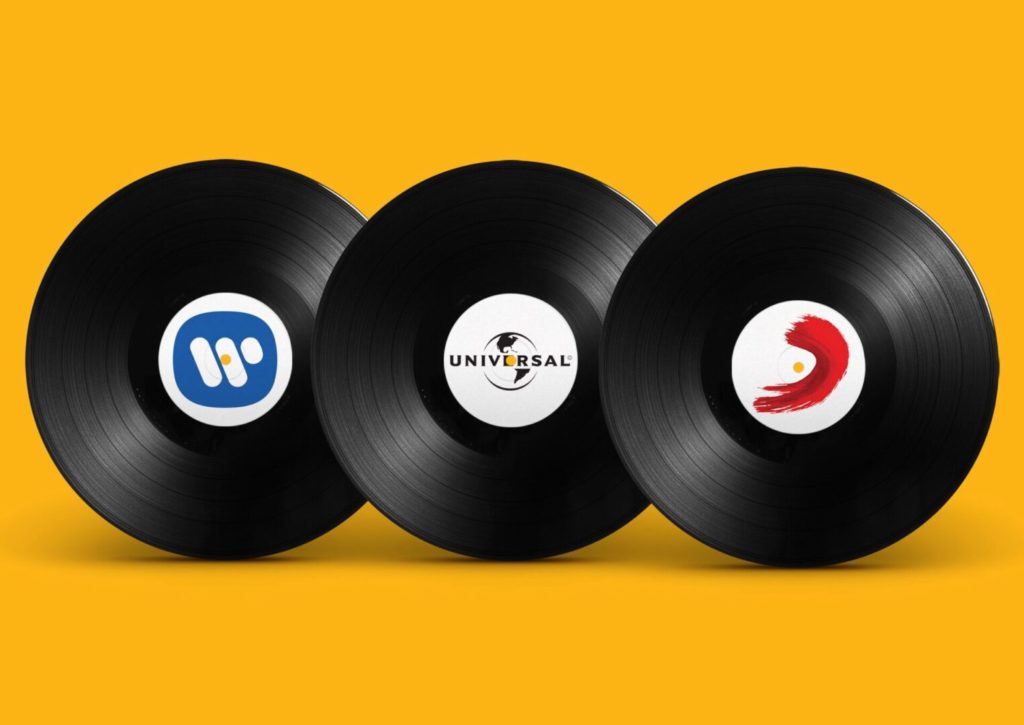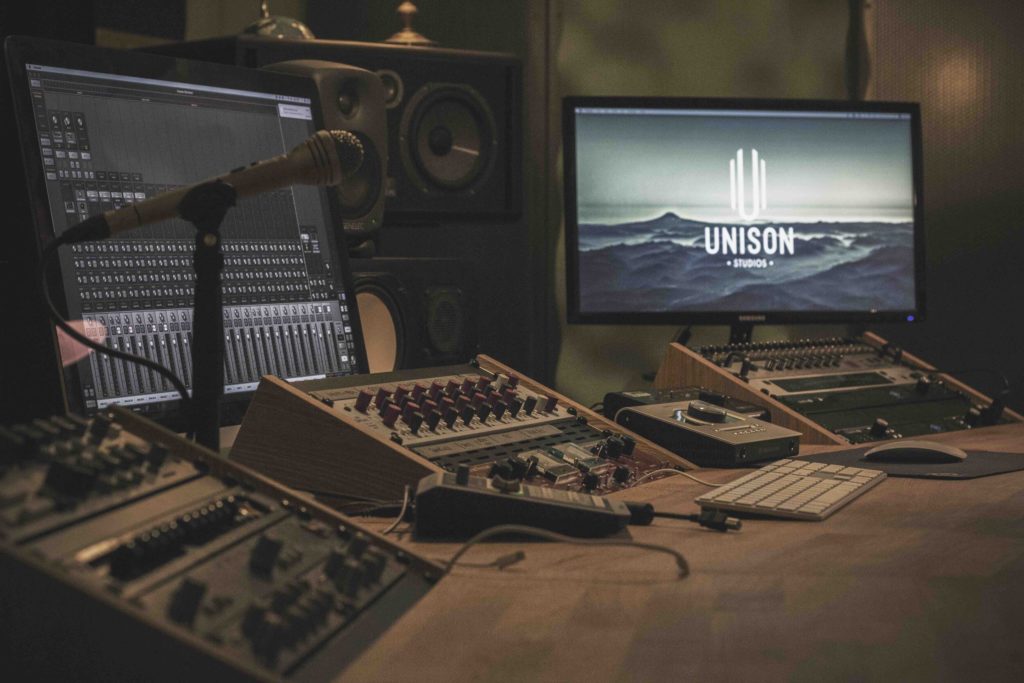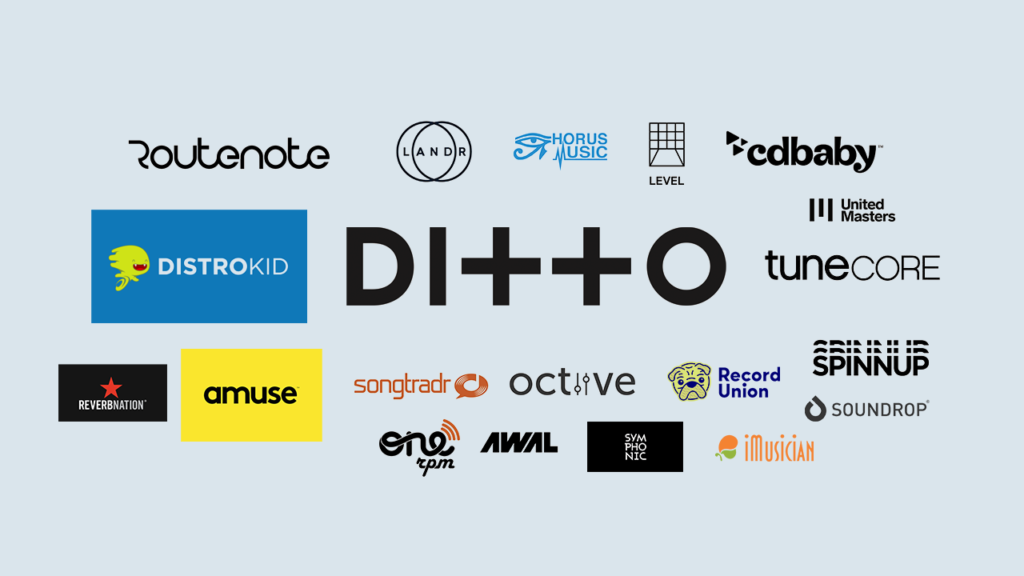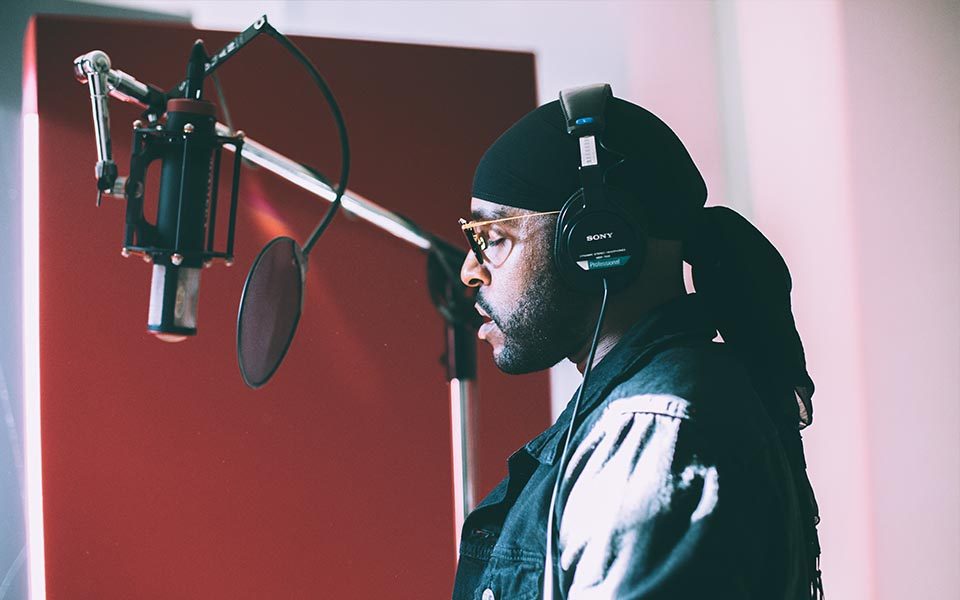“You don’t need a record label”… the echoes of that statement have continuously grew louder ever since the mid 2000s thanks to the rise of the Internet and how artists have used it to pave independence boulevard. Throughout the 20th century, record labels were the dominant force behind the most successful artists. In our generation not only do we have a long-winded list of artists who made it without signing a deal, but the definition of success in the music industry has also widened due to the range of income streams.
If labels were as obsolete as we make them out to be, then why do we still see a plethora of artists gravitating towards major and independent labels? Especially if nobody is forced to sign. Honestly, labels are not “obsolete” – and that is not me saying one needs a label. Something that tends to be overlooked is the fact that the recording industry has for a long time been a major part of the US Economy. Major record labels have been responsible for collecting the majority of the revenues for the music industry and therefore record labels even have a significant impact on the economy.
Now that we have touched on the role they play for the economy, what role do they actually play for the artist they seamlessly attract? In this article, I take you through the core functions of a record label in our era, thus leaving artists in a better position to determine for yourself whether you'd align yourself with one.

Functions of a Record Label
If we gotta be frank, the purpose most labels gravitate towards (especially major labels) is making money. Explained basically… Labels find singers, producers, and musicians, sign them to exclusive contracts, and release the music they create in order to make both the company and the artists money. Through this process a range of functions are carried out and below we dive right into them:
Artist Recruitment
“How do labels find artist?” As an independent musician I’m sure that question has not only crossed your mind, but you’ve most likely queried about it on Google or YouTube. There is no one particularly way this is done and has actually changed throughout the years. Gone are the days where A&R’s would actively go to live venues to discover the next big thing. Instead in 2022, social media (TikTok, Instagram), streaming services (including YouTube), age old word-of-mouth, AND blogs (yes I said it, and this is why) would be the tools A&Rs grasp at to find talent. Having a buzz will certainly be of help, but there is a catch to that.
Stay up to date.
New music and exclusive updates in your inbox weekly.
The position of A&R (artists and repertoire) has become the single most data-driven position in the industry over the past years. Which means that in 2022, the gut feeling of a recruiter is paired with a ‘data-lens’ as particular KPI’s of an artist are examined in an attempt to predict the trajectory of their career, or determining if the signing would benefit the label. Sorry to break it to you but the amount of monthly listeners on your Spotify doesn’t quite articulate in an authentic buzz. Data has become crucial in the artist recruitment stage for major and independent labels, to the point where one could say it’s your buzz that gets you found, although it’s your KPI’s that labels look at which get you signed. If you’d like to learn more about this, check out this article on data wars in the music industry.

Mixing and Mastering
There are more chances of this role being fulfilled by a major label rather than an indie outfit. Major label acts are usually in a position where they’re not only connected to a range of producers to forge their art, but after all is said and done their tracks are also sent to a full-time professional trusted by the label to mix/master. Among the advantages you’d find in a major label is the pool of industry connections and financial backing, and this is a good example of why one would be drawn to a major.
This subject is definitely connected to contractual agreements. Typically if this is coming from the pocket of the label, or perhaps an artist’s advance. Either way this expense has to be recouped and the more expensive the recording process, the more pressure there is for the record to sell. When it comes to indie labels, in most cases this process is left up to the artists by virtue of the costs involved for a professional to be mixing/mastering the labels projects.
Artwork, Creative Vision and Music Videos
Visuals is an integral part of branding, with that being said you’d be hard press to find a label without a design team or designated designer. For the artist, handing over this responsibility to the label allows them to particularly focus on the creation of music. And if the artist deeply cares about imagery, then they’re met with the benefit of working with an industry professional to bring their vision to life. When it comes to music videos, that’s not entirely a core function though major labels are in a position to connect artists with directors and/or even fund it since it aids in bring the project to life. This is part of branding and one could say it falls under promotion – something we’re going to touch on too.

Distribution
In our era, aggregators and distributors are essentially the gatekeepers of the digital realm. They enable artist and even labels to get their tracks onto DSPs (Digital Service Provider) by paying a fee or commission. Even though both entities carry out the same task, there is a significant difference between the two. Aggregators are paid a flat fee and in exchange, they will just ensure your content is available on every digital platform of your choice at the right date and time. Aggregators are not obliged to market/promote your content; it’s up to you. CB Baby, Distrokid, and Tunecore are great examples of Open Distribution Platforms/Aggregators.
On the other side of the coin are distributors, and they will most likely acquire your record, handle aggregation (getting the music out to stores) and go ahead to market it - which includes ads and playlisting. Distributors will also in certain cases invest resources (might be an advance) to the record and in exchange for a share of rights, territories and for an amount of years. Just like how there are indie and major labels, we’re also acquainted with major distribution partners which are owned by one of the big three (e.g. The Orchard) or such owned by DSPs themselves (like Platoon). And we also have Independent Distribution Partners (e.g.: IDOL, DashGo, or Believe) who generally cater to high-level independent artists.
Traditionally, distribution companies sign deals with record labels, which gives them the right to sell and distribute that label's products. The distributor takes a cut of income from each unit sold and then pays the label the remaining balance. That’s one route labels could go, the other route is through aggregators. You see, the upside of a partnership with a distribution company is that labels are provided a dedicated account manager who can assist with playlisting, marketing strategy and general administrative tasks. With an aggregator, this isn’t the case and a label would have to rely on other means for landing their artists on prominent playlists.

Copyright and Royalty Collection
Now this is a subject that begs for its own in-depth article as it’s quite a broad topic. This subject is also one of the main reasons why record labels (especially major) have garnered such a negative image throughout the years by virtue of shady practices regarding royalty collection and offering dodgy deals. Among the responsibilities of a label is to ensure that released music is properly tagged and classified accordingly for them to be able to collect any of the proceeds. Usually, it’s negotiated within the contract how the royalties will be distributed, however it’s not uncommon to see new independent artists sign a contract without fully understanding what rights they are giving away to labels.
Music copyrights revolve around two components: mastering rights and publishing rights. The former is the *actual sound recording* copyright of the recorded performances excluding the underlying musical composition. Generally, the artist would own the masters if they aren't signed to a label. If the artist signs with a label, the label takes over the copyright ownership in order to properly exploit, license and sell the masters. And for the latter, explained simply publishing rights refers to the copyrights on the words/lyrics and melody of songs.
At this point in time, “OWN YOUR MASTERS” is the rhetoric that has spread like a wildfire throughout the industry. As an artist, owning your masters broadens your potential income streams through your music. The video above by prolific music industry YouTuber Damien Keys details this further. You’re in a position to license the recording to third parties, like TV shows, films, commercials or even for sampling use by other artists. Although if your masters belong to a different entity such as a label, they legally have the right to license out the recording. Rights and royalties go hand-in-hand as the ownership the artist controls significantly impacts how much they’re able to make. Should one be drawn to the allure of signing to a label, yet still wanting to keep a fair share of their ownership, independent labels are known for showing leniency when it comes to artists contracts compared to majors. I’m talking about their general openness to exploring shared ownership rights in a manner that mainly benefits the artist, or even a 50/50 profit share between label and artist.
Like I mentioned in the beginning, this is quite a complex topic, however I found this article that clarifies the complexities of music royalties and music copyrights in a manner that’s easy to understand.

PR and Promotion
One of the main reasons why an artist would want to align with a label is because of the significant role they’re able to play when it comes to promotion – and by this I mean anything that contributes to building a fan base and generating interest around the single/album. It’s actually been a pleasure to see how the general shift in consumer attitudes over the years have impacted the way music is marketed. Attention has been passed on from print to web to social and that’s a massive part of the reason why labels are quick to blast social media campaigns around particular releases. In our era we’re far more likely to discover new music on Instagram than a music blog. The rise of Tik Tok dare not escape mention within the current musical landscape. It’s influence over the industry has got to a point where representatives from major labels will reach out to prominent Tik Tokers in the hopes of getting a release placed on a video. In a 2021 article, we covered the various ways it has impacted the industry and if this is for you, you're welcome to find the article here.
Social media makes up only a fraction of generating interest. Essentially, way that record labels can promote their artists is also by leveraging their industry connections. This can include radio promotion, recognized publications, and most importantly tastemakers. When I say tastemakers, in this context I’m referring to playlist curators on DSPs. There is a caveat though to this though. Most of the costs associated with promotion are recouped from artists' royalties, depending on contractual agreements. A reminder, (major) labels do see the signing of an artist and their contributions to their career as an investment so it’s no surprise if they expect a return.
Regardless of how the times have changed though, a core component of promotion that has sticked with time is identity and the message of the artist. One doesn’t need a label to communicate this, however their help does ensure the vision is spread far and wide in a manner that’s relevant to the times.

